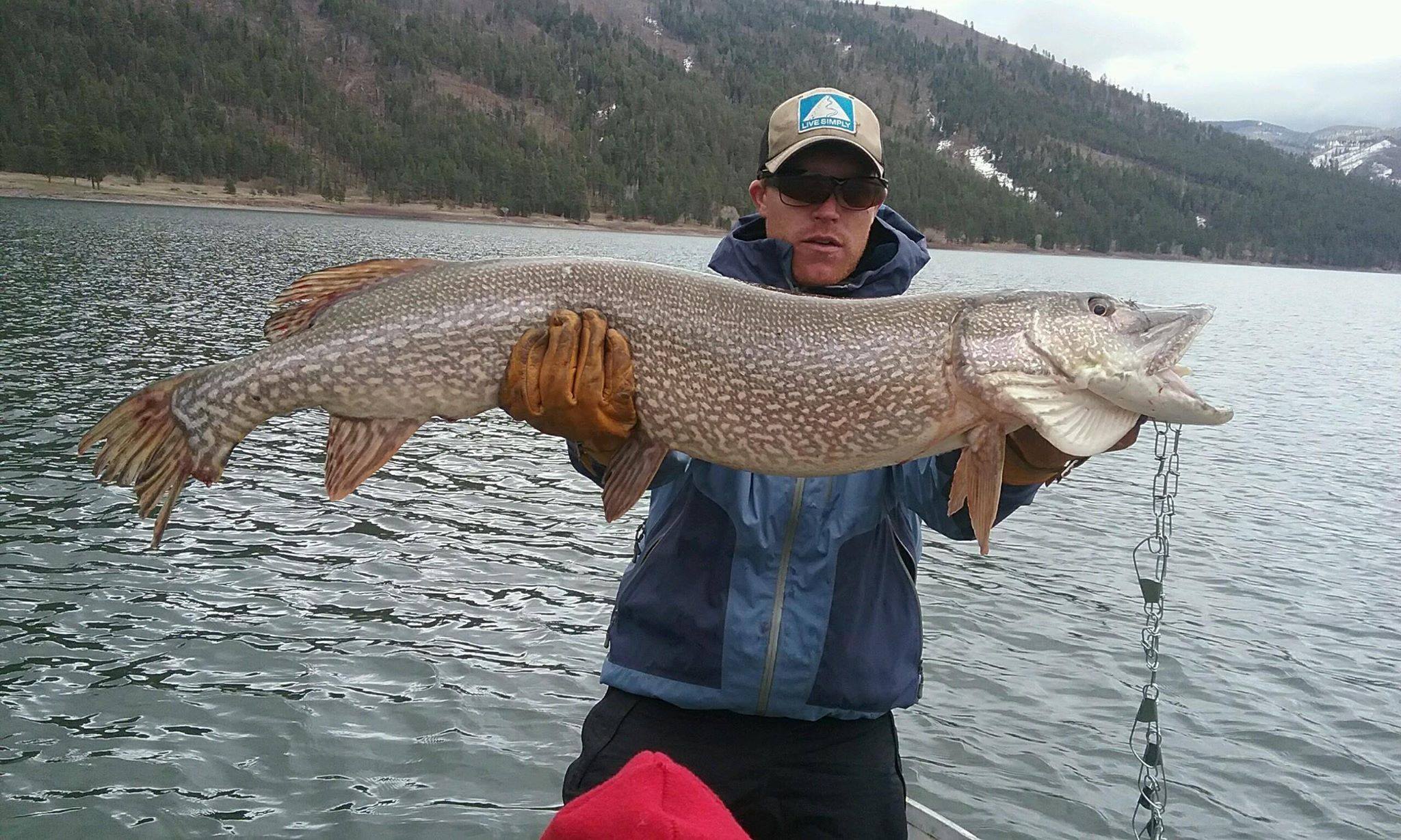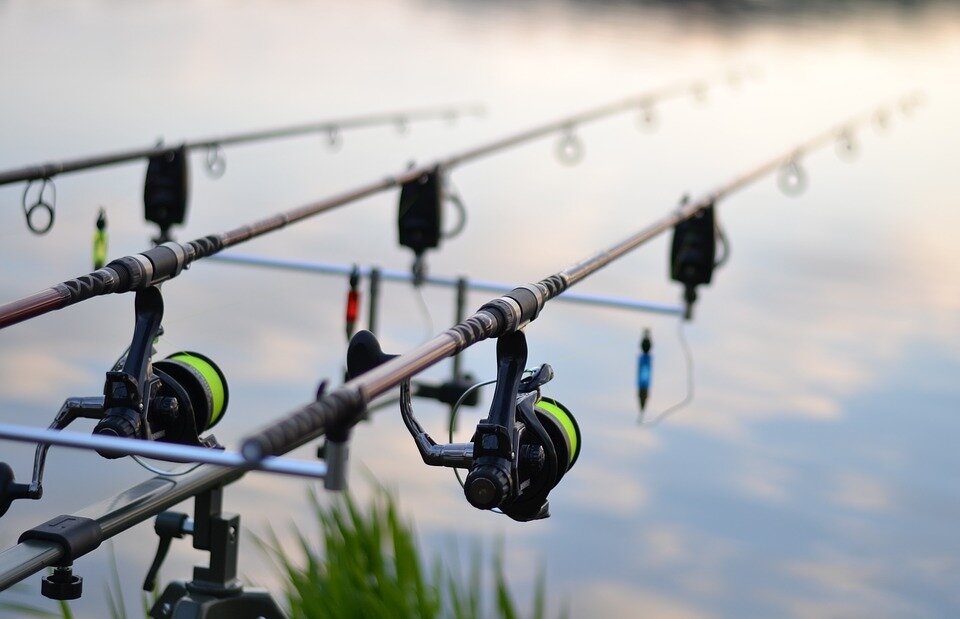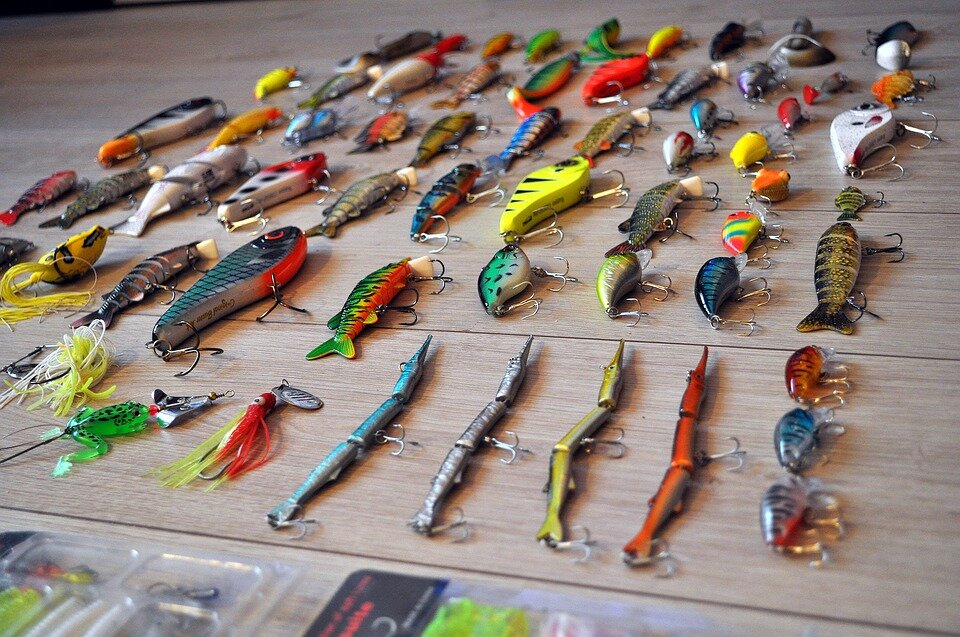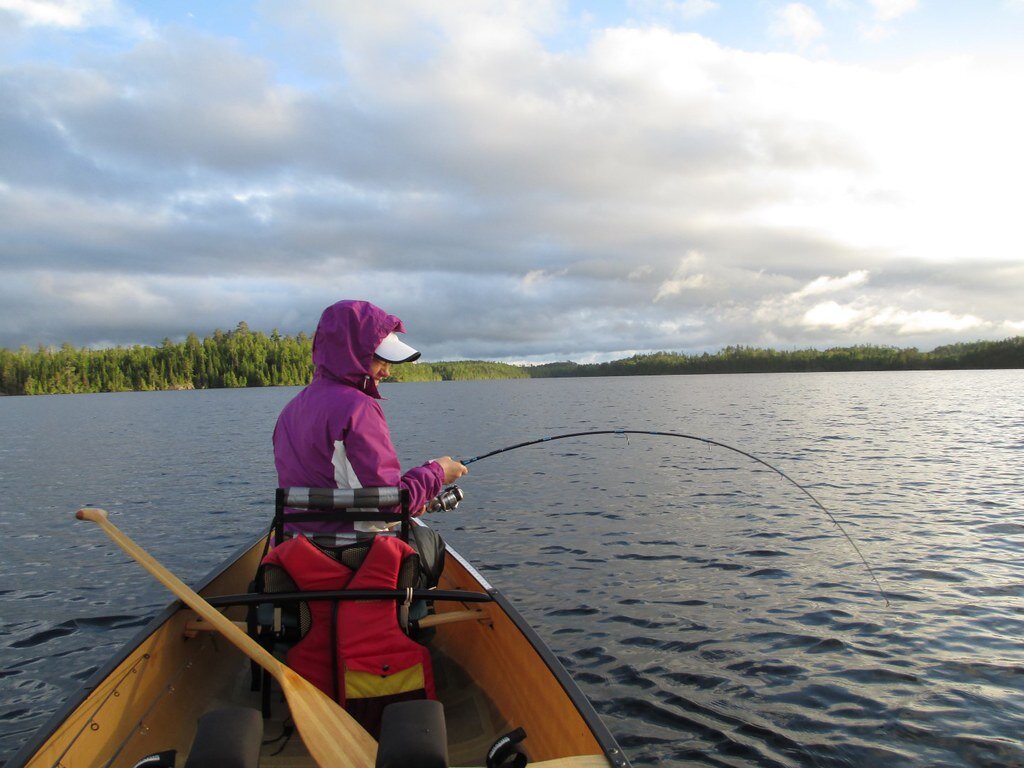Northern pike, often referred to as the freshwater shark, is one fish every angler should pursue at one point in their life. This fish is bad to the bone with sharp teeth, a largemouth, and a voracious appetite like none other. Pike can grow to a size that almost seems fictional compared to other freshwater fish.
Experiencing catching a northern is the definition of an emotional rollercoaster. Most people think they have snagged themselves on a log when hooking into a huge one, but in reality, there is a freshwater beast at the end of their line.
1. Northern Pike Gearing up
Rod
Even though pike can have the ability to grow extremely large, most of the fish you'll catch will most likely fall in the range of 3-to 7-pounds. For that reason, our guide service uses a typical bass fishing set up when casting for pike. Having a 7-foot, medium-action while utilizing a baitcasting or spinning reel will do the trick.
While trolling for pike, it is a good idea to step it up a notch. We like to use a medium-heavy action rod mainly because we are targeting fish in the 15 to 30-pound range.
Reel
When casting for northerners choosing the right reel will significantly increase your likelihood of landing a pike. Having a drag system with a maximum drag of at least 15 pounds will help you land just about any pike that comes your way.
When trolling for pike, we like to use reels that have a maximum drag of at least 25 pounds. Having extra drag helps with bigger swim-bait lures that create extra tension on the line, along with landing bigger fish. Our guide service also likes to incorporate line counters.
By using line counters, it helps to understand how far back you are trolling, providing the opportunity to break it down to a science instead of luck.
Line
Pike have extremely sharp teeth that gives them the ability to break through some line with ease. It is important to structure your line with the reel and rod set up you plan to use. For a reel that has at least a maximum of 15 pounds worth of drag, we like to use 15 to 20-pound braided line.
While when using a reel with at least a maximum of 25-pound drag, we typically use a 30 to 40-pound braided line. Attach a 3 to 4-foot length of 20-40 pound fluorocarbon to your mainline as a leader.
Some anglers like to add wire bite onto the end of their line to decrease the likelihood that the northern will bite it off. The only downside of incorporating wirebite is it can affect the action of the chosen lure being used.
Net
There's nothing worse than getting a pike to the boat or shore, and your net is too small. Having a net that is in the range of 20 to 36 inches. This is dependent on how much room you have to store the net and how likely you are to catch something massive.
Our saying is the bigger, the better if you have the ability to accommodate the size.
Pliers
Removing the hook from a pike is an art of its own. Having a pair of long needle-nose pliers, a jaw spreader, and a fish lip gripper is highly recommended, especially for big fish. When removing the hook, be careful of the fishes' sharp teeth and serrated gills. Without proper attention, these two things will cut through your skin like a hot knife through butter.
2. Northern Pike Lures
Spoons
If you continually fish for pike soon enough, you will have a large assortment of spoons. When casting, let the spoon flutter and fall when retrieving. This imitates an injured fish bait-fish and will grab the attention of surrounding hungry pike.
Start stocking up your tackle box with spoons that weigh 1/4 to 1 ounce in gold/silver along with colors that imitated local fish.
Soft Plastic SWIM-BAITS
Soft plastic swim-baits are one of our favorite lures when targeting pike — having the ability to customize for any fishing location.
Small minnow to life-size stocker fish can be especially productive. There are thousands of swim-baits ranging from different styles, colors, and sizes. The best way to start is by choosing the go-to pike colors — chartreuse, red, yellow, and white.
You may also want to choose swim bates that match other fish that look like in the lake. Narrowing down their food source precisely to where you are fishing is a great tactic — helping your lure blend in with its live family increasing the likelihood of that one pike making a deadly mistake.
Inline Spinners
When choosing an inline spinner pay attention to the blade because it's the most important part. The blade creates vibrations while spinning, sending out frequencies in every direction. Pike have a sensitive lateral line, which helps detect the vibrations your lure is giving off.
When fishing in low-light conditions and murky water, choose a variety of darker colors. Compared to a well-lighted condition in clearwater, choose colors like chartreuse, yellow, and white.
3. Finding the perfect place to fish
for northern pike
Before you start blind-casting, take some time to scout the water. Look for particular areas where pike might reside.
Aerial maps and depth maps are a great resource for pre scouting, along with having a quality fish finder.
Inlets, bays, coves, and drop-offs are ideal locations to look for. In those areas, look for shallow, marshy areas that have an abundance of weeds. Mark shoreline locations where there's structure such as submerged logs, or undercut banks.
These areas typically hold large numbers of bait-fish. In other words, find the food, find the fish.
4. Lure presentation
If your fishing in weeded areas, use either a weedless spoon or a soft plastic swim-bait with a weed gard. Pike sit motionlessly and sometimes can be mistaken for logs. Cast your line past the weedline, and slowly reel it in along the weeds.
When casting in areas with lots of submerged logs and undercut banks, an inline spinner is a great lure to use.
Make sure to cover lots of water, but don't blindly cast without a strategy. Cast in a fan-style ensuring to cover the entire area thoroughly.
When fishing drop-offs, try using soft plastic swim-baits. Any time you see a pike fallow, make sure not to stop reeling in and keep a consistent speed. If you end up stopping, the pike will lose interest, and you will only have that memory to take home with you.
5. Setting the hook
When you feel a solid tug, give the rod a strong, upward hook set. If you think the pike has gotten off right away, don't get discouraged. Pike like to play with their food, so continue your retrieve for the possibility of another strike.
Conclusion
Having the right gear and preparing a plan will drastically increase your chances of landing a monstrous. Take the time to research where your fishing and what kind of other fish live in your desired location. These steps should help you to get started to bring back pictures and memories to show off to your friends. Tight lines and fish on!






